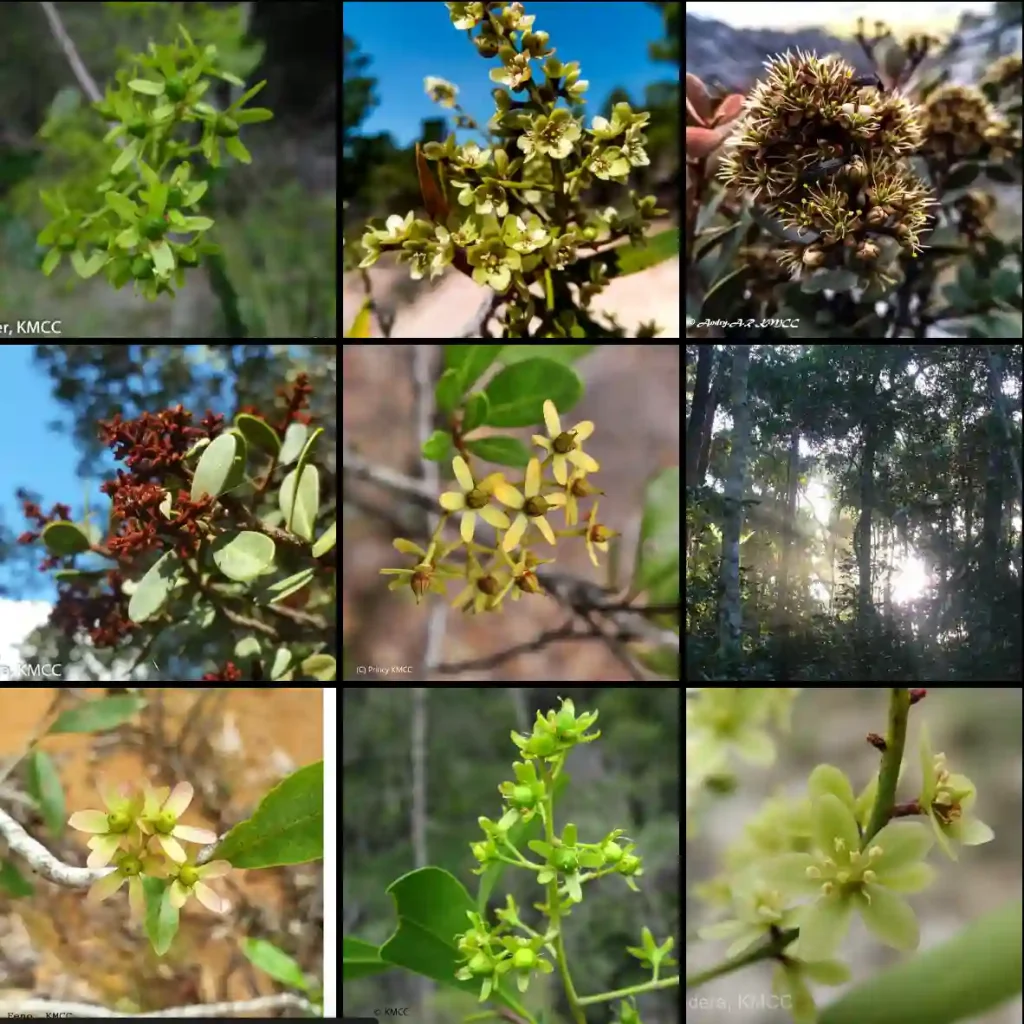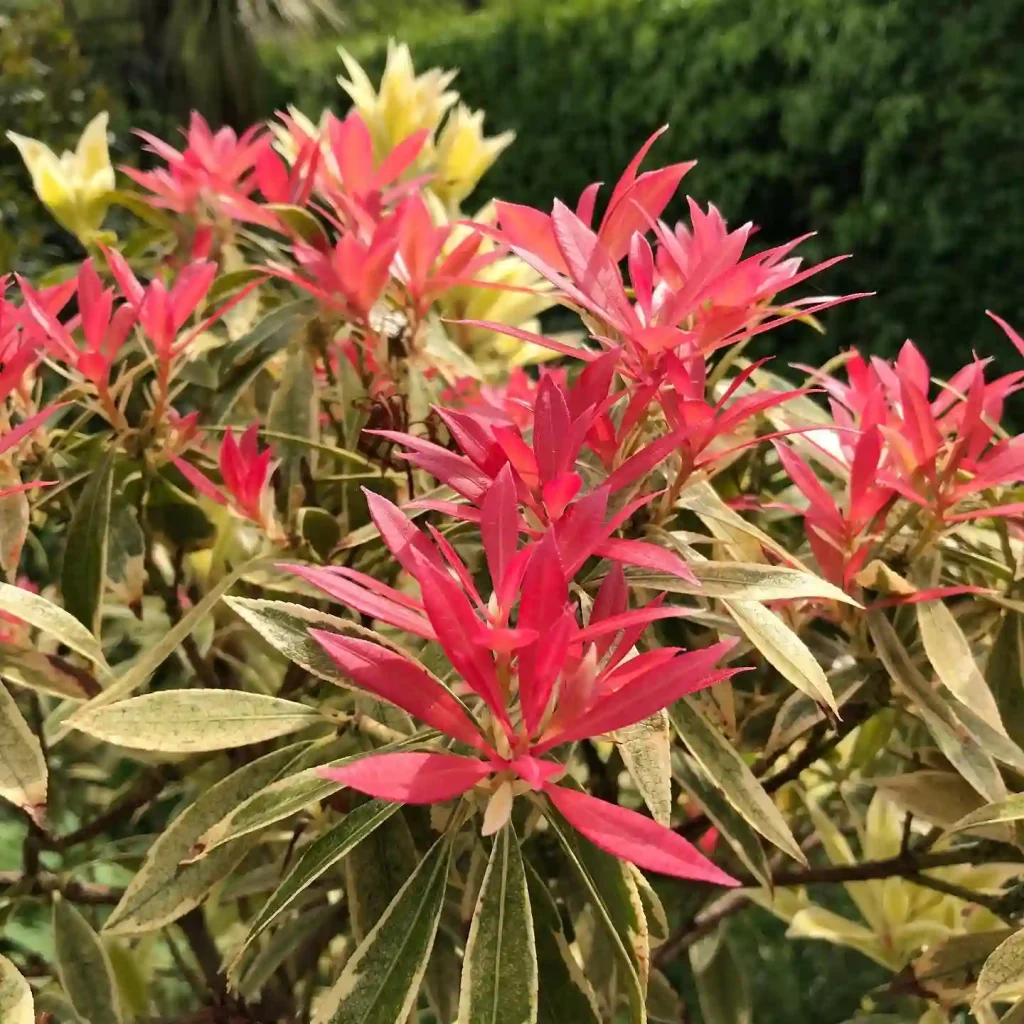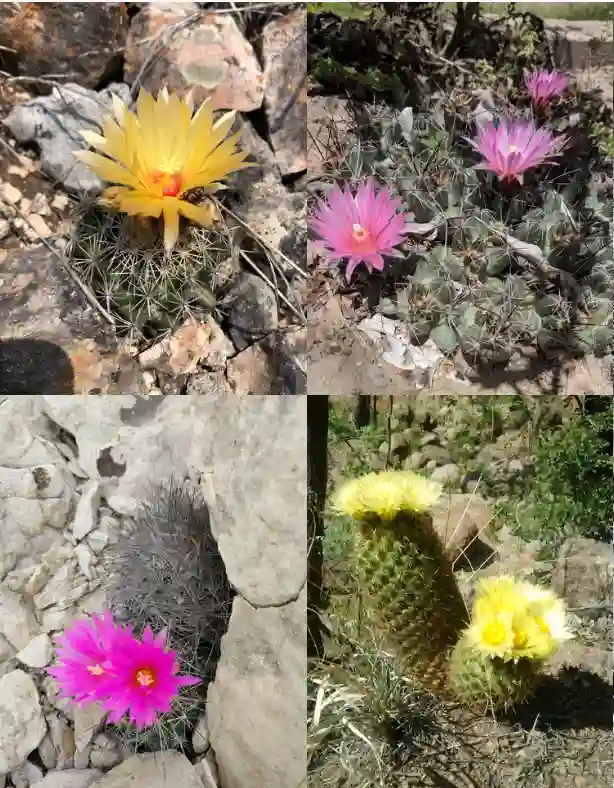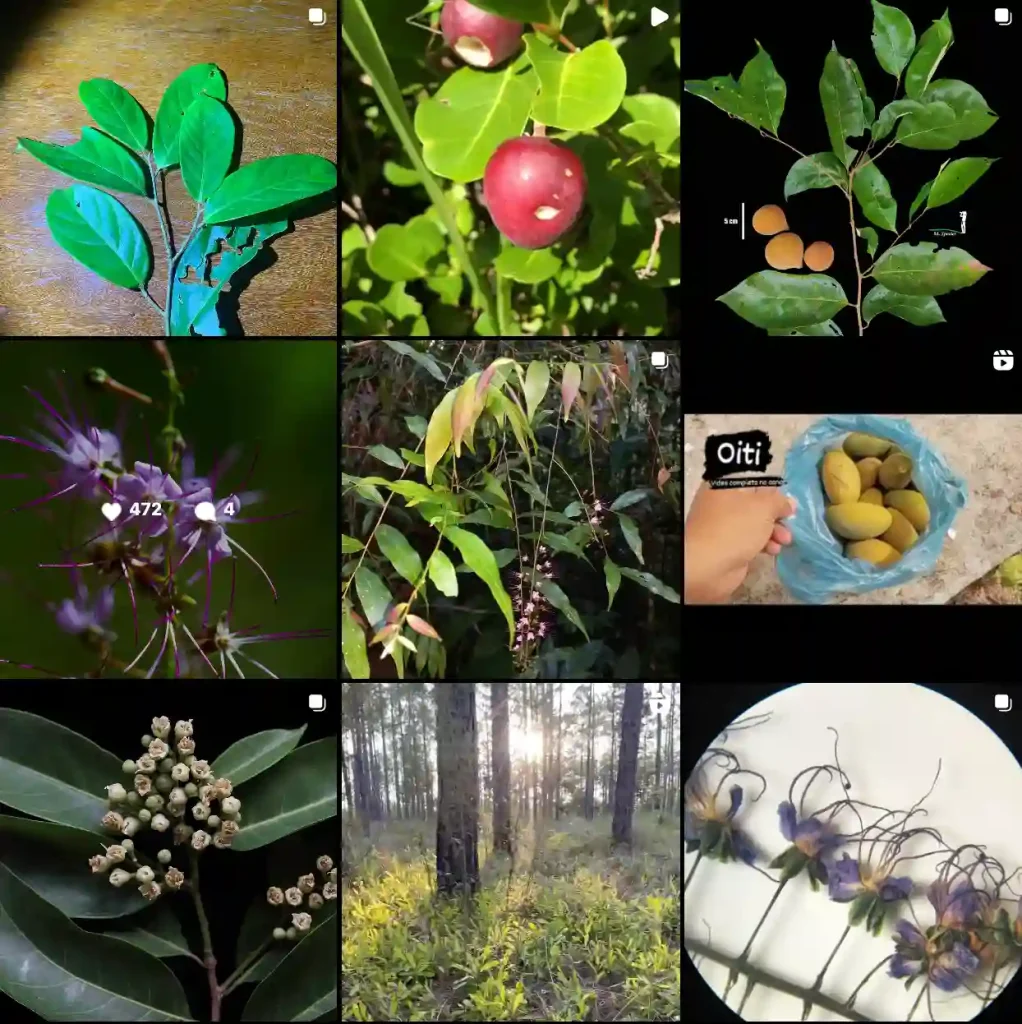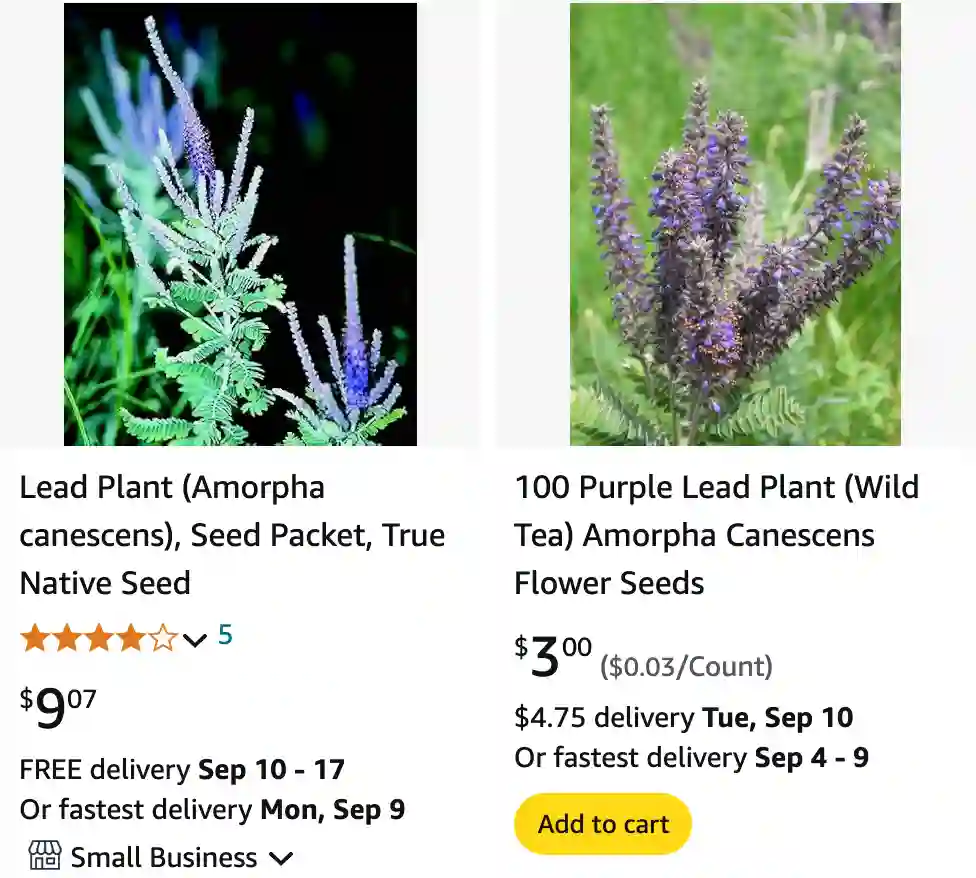
FAQs About Amorpha Canescens
Amorpha Canescens, commonly known as Lead Plant, belong to the Fabaceae family, is a remarkable native plant that has captured my interest for years. From its unique appearance to its ecological benefits, there’s much to explore about this fascinating species. In this article, I’ll cover some frequently asked questions and share my experiences with Amorpha Canescens.
Plant Family: 796 Genera in Fabaceae
What Is Amorpha Canescens?
Amorpha Canescens, or Lead Plant, is a perennial shrub native to North America. It’s known for its striking purple flowers and feathery, silvery-gray foliage. Typically growing 2 to 3 feet tall, it thrives in prairies, savannas, and open woodlands. Its resilience and distinctive appearance make it a standout in native plant gardens.
Is Amorpha Canescens Invasive?
One of the common questions I encounter is whether Amorpha Canescens is invasive. From my experience, Lead Plant is not considered invasive. It’s a native species, which means it generally doesn’t outcompete other plants or disrupt local ecosystems. Instead, it often supports local wildlife, providing food and habitat for various insects and pollinators. Its spread is generally controlled and does not pose a threat to non-native flora.
Is Amorpha Canescens Poisonous?
Another frequently asked question is whether Amorpha Canescens is poisonous. I’ve found that Lead Plant is not known to be toxic. Unlike some plants that can cause harm to humans or animals, Amorpha Canescens does not have any reported toxicity issues. It’s safe to have around children and pets, making it a great addition to gardens where safety is a concern.
Is Lead Plant Amorpha Canescens a Natural Dye?
Lead Plant has also been noted for its use in natural dyeing. In my own experiments, I’ve found that Amorpha Canescens can be used to produce a range of colors, though it’s not as commonly used for this purpose as some other plants. The flowers and leaves can yield shades of yellow and green, depending on the mordants and dyeing techniques used. If you’re into natural dyes, experimenting with Lead Plant could be an interesting endeavor.
Where to Buy Amorpha Canescens?
Finding Amorpha Canescens for purchase can be a bit tricky, but it’s certainly possible. I usually recommend checking out local native plant nurseries or garden centers. They often carry Amorpha Canescens, especially if they focus on native species. Additionally, online retailers and seed companies that specialize in native plants can be a good source. When buying, make sure to choose reputable suppliers to ensure you get healthy, well-cared-for plants or seeds.
How to Care for Amorpha Canescens?
Caring for Amorpha Canescens is relatively straightforward. It thrives in full sun to partial shade and prefers well-drained soil. I’ve found that it’s quite drought-tolerant once established, making it ideal for low-maintenance gardens. Regular watering is important during the first growing season to help it establish a strong root system. After that, it generally requires minimal attention.
How to Propagate Amorpha Canescens?
Propagating Amorpha Canescens can be done through seeds or cuttings. For seeds, sow them in the fall or cold-stratify them for a few weeks before planting in the spring. If you prefer cuttings, take them in late summer or early fall and root them in a well-draining medium. Both methods are effective, though seeds are the more common approach for home gardeners.
What to Plant With Amorpha Canescens?
Amorpha Canescens pairs well with other native plants, creating a harmonious and sustainable garden. I’ve successfully combined it with Echinacea, Rudbeckia, and Asclepias. These companion plants not only complement Lead Plant’s appearance but also support local pollinators and wildlife.
Can You Grow Amorpha Canescens Indoors?
Growing Amorpha Canescens indoors is possible but not ideal. It thrives in outdoor conditions that mimic its native prairie habitat. If you’re set on growing it indoors, ensure it gets plenty of sunlight and is placed in a large container with well-draining soil. However, for the best results and to enjoy its full potential, I’d recommend growing it outdoors.
Benefits of Amorpha Canescens
Amorpha Canescens offers several benefits. It’s excellent for erosion control due to its deep root system, which helps stabilize soil. Additionally, it provides valuable habitat and food for native pollinators, such as bees and butterflies. Its drought tolerance also makes it a practical choice for low-water gardens.
Common Problems with Amorpha Canescens
One common issue with Amorpha Canescens is its susceptibility to powdery mildew in humid conditions. To mitigate this, ensure good air circulation around the plant and avoid overhead watering. In general, though, it’s a hardy plant that requires minimal intervention.
Compare with Similar Plants
Amorpha Canescens is often compared to other native plants like Baptisia and Dalea. While all these plants share some similarities, such as their prairie origins and resilience, Lead Plant’s unique foliage and flower structure set it apart. It’s less bushy than Baptisia and has more delicate flowers compared to Dalea.
In summary, Amorpha Canescens is a versatile and attractive plant that can enhance any native plant garden. It’s non-invasive, non-toxic, and offers a range of benefits while being relatively easy to care for. Whether you’re interested in its ecological role, potential uses in dyeing, or simply its aesthetic appeal, Lead Plant is a worthy addition to any garden.
If i die, water my plants!
